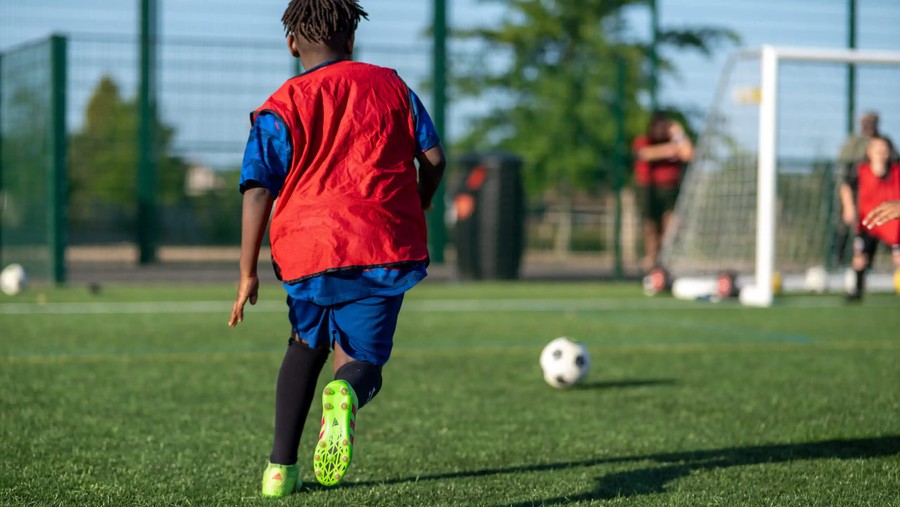Positioning and Movement: Finding and Creating Space to Score
In most sports, particularly team games like soccer, basketball, and hockey, goals are very vital. Scoring often depends more on placement and off-the-ball movement than on flamboyant finishes and individual genius. These abilities let players to score more and provide opportunities for colleagues, therefore disturbing opposing defenders and opening up important space. This article generates and converts scoring chances to show why mobility and strategic orientation are absolutely essential for team success.
Success and Positioning Rating
One is at the right place at the right time. The method behind this fundamental concept is somewhat complex. In competitive sports, defenders are advised to minimize space so as to restrict attackers’ opportunities. Successful placement therefore requires players to analyze defensive systems, foresee play development, and mark free space before it opens. A well-positioned player may quickly change the course of a game and turn a benign build-up into a lethal scoring possibility. For the best Correct Score Tips it is essential to have a clear option available here.
Erling Haaland and Robert Lewandowski, two soccer forwards, are praised for their finishing and capacity for breaking free in crowded penalty areas. Stephen Curry moves into open areas using good posture to hit quick threes in basketball. Being proactive and assessing rivals and coworkers helps one to succeed by gaining an advantage. Without much dribbling, strategic positioning disturbs defensive balance, tests opponent to make difficult choices, and creates greater scoring opportunities.
Movement off-the-ball: Space Catalyst
Location establishes the setting; off-the-ball movement gives the performance vitality. Players devoid of the ball move deliberately and relentlessly. Without it, even the most creative playmaker or expert dribbler would find it difficult to undermine well-organized defenses. Off-the-ball movement creates passing lanes and unpredictable space by stretching defenders both horizontally and vertically.
Spatial Awareness in Dynamic Action
Positioning and mobility need on spatial awareness—that is, the ability to instantly recognize, anticipate, and use space. Under high pressure, one must make split-second decisions; spatial awareness sets the top players apart. To change their position or movement to fit the flow of the game, players have to keep their heads up, watch their surroundings, and mentally map the field or court.
Synchronizing Team Dynamics
While individual positioning and mobility are crucial, harmonic team performance releases their best possibilities. Coordinated actions by several players may provide scoring chances. To generate scoring space in team sports, flawless cooperation and communication are very necessary.
Strategic Systems: Positioning and Movement
Modern sports are regulated by advanced tactical systems; effective teams optimize strategies with posture and agility. Coach development of sophisticated systems with exact positioning and smooth player interchanges helps to maximize space. These tactics strengthen their team by exploiting defensive weaknesses of an opponent.
Learning Positioning and Movement Technique
While some players are inherently strong at placing themselves and running off-the-ball, these skills can—and should—be developed with training. Drills in coordination, reaction time, and spatial awareness assist players interpret the game and modify their moves. Players may become better in placement and movement by use of video analysis.
Coaches build these principles in their teams. From set-piece drills to quick transitions, practicing match situations highlights real-time smart placement and movement. Teams that give communication and trust top priority might be more likely to forecast one another’s actions. These foundations help players to organically create space and score over time, therefore enhancing team and personal performance.


Leave a Reply